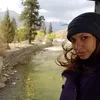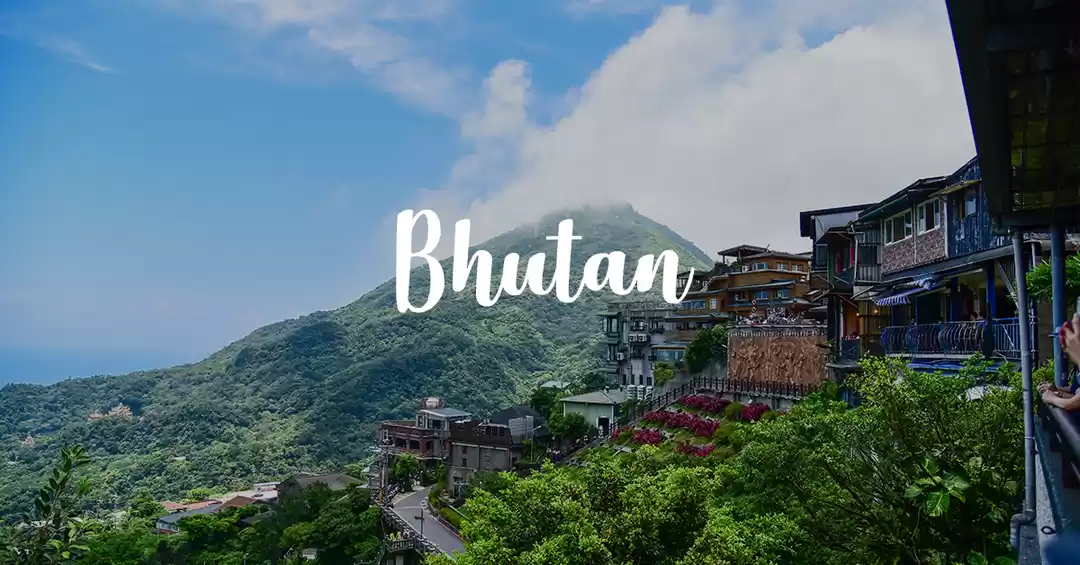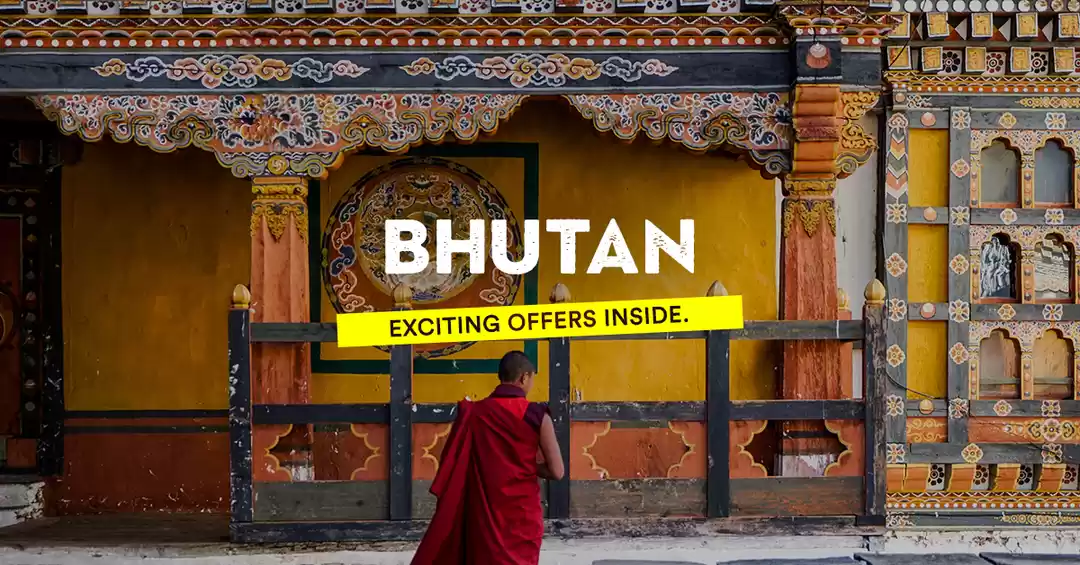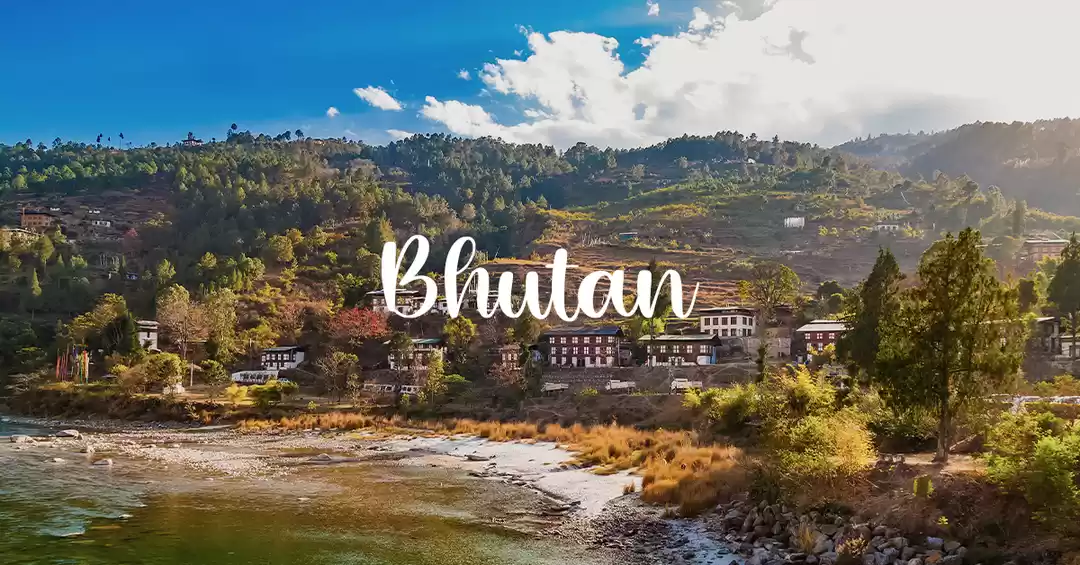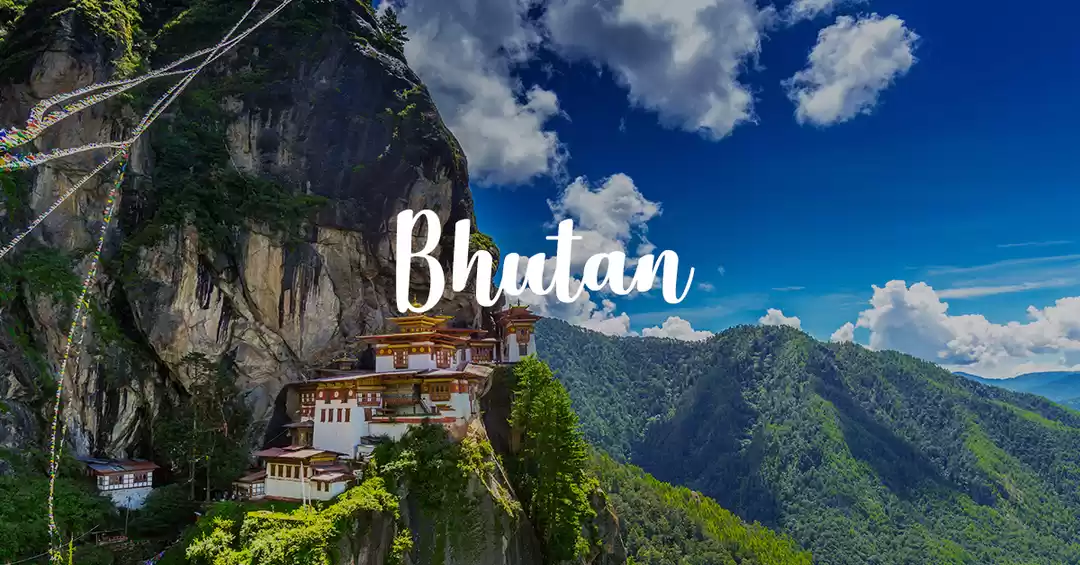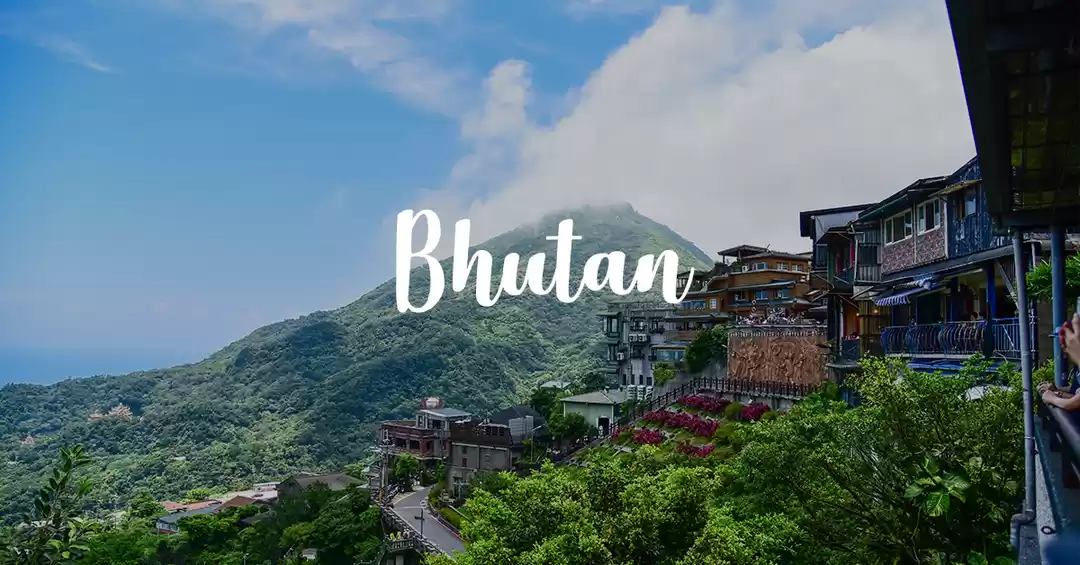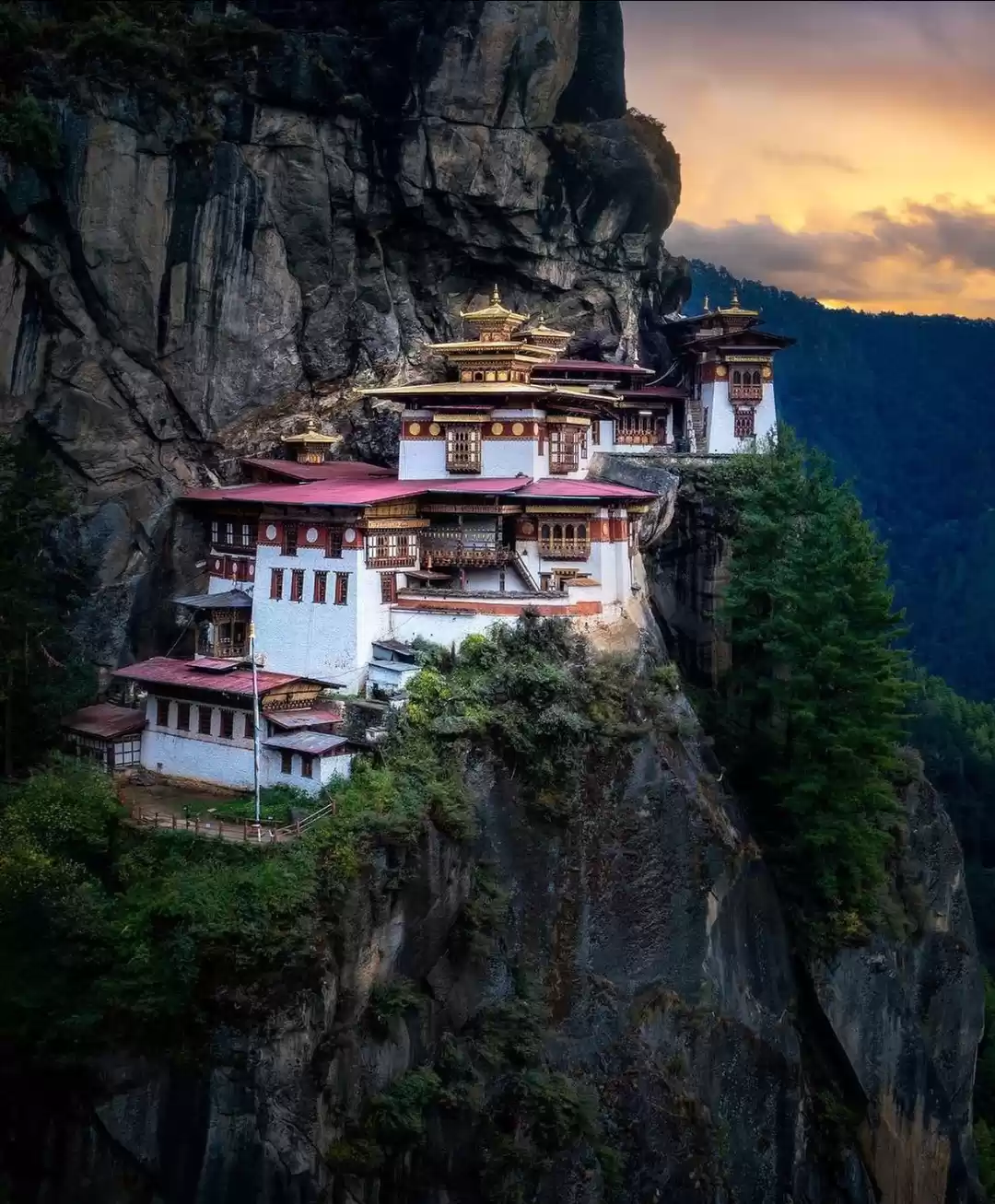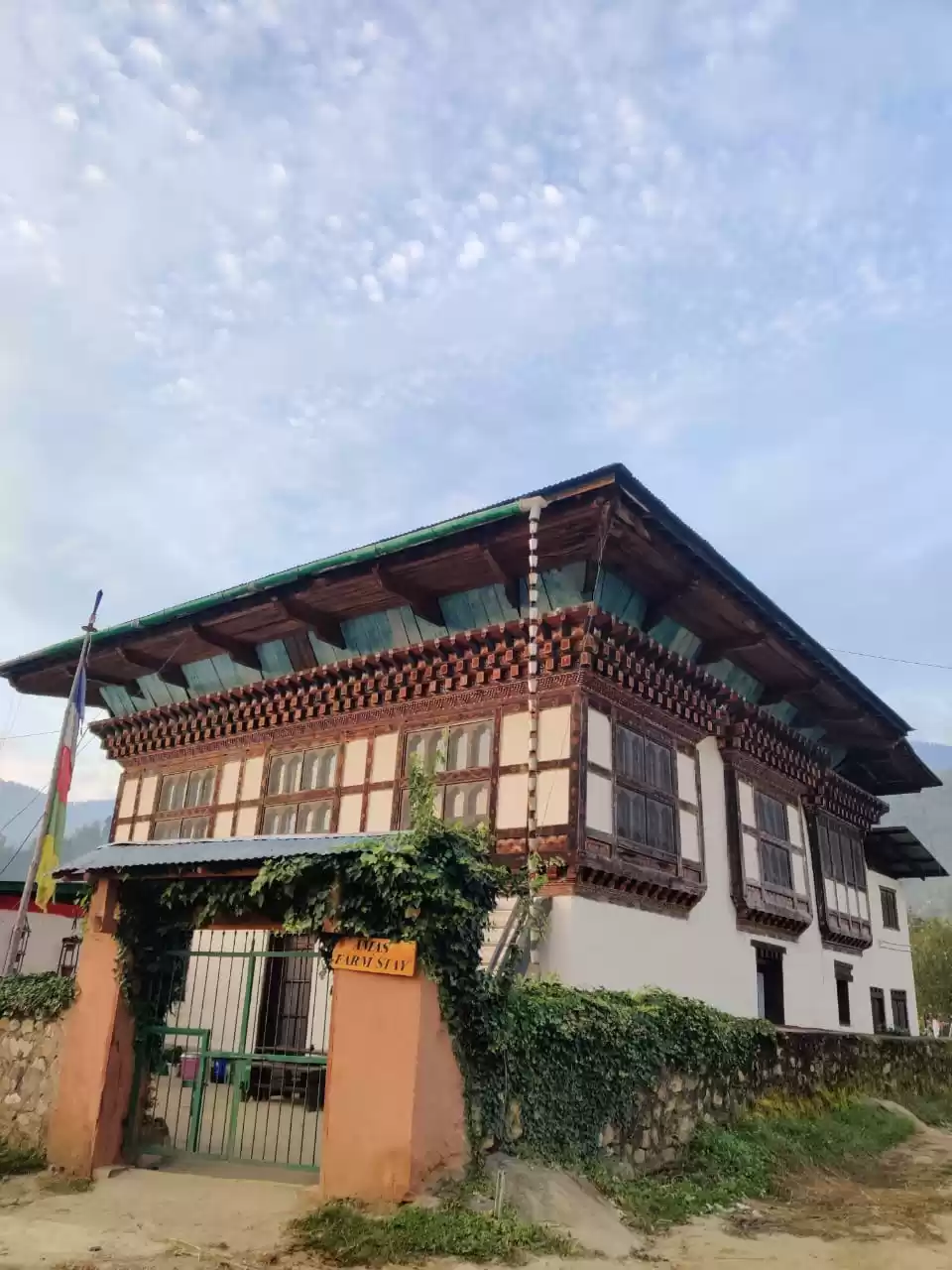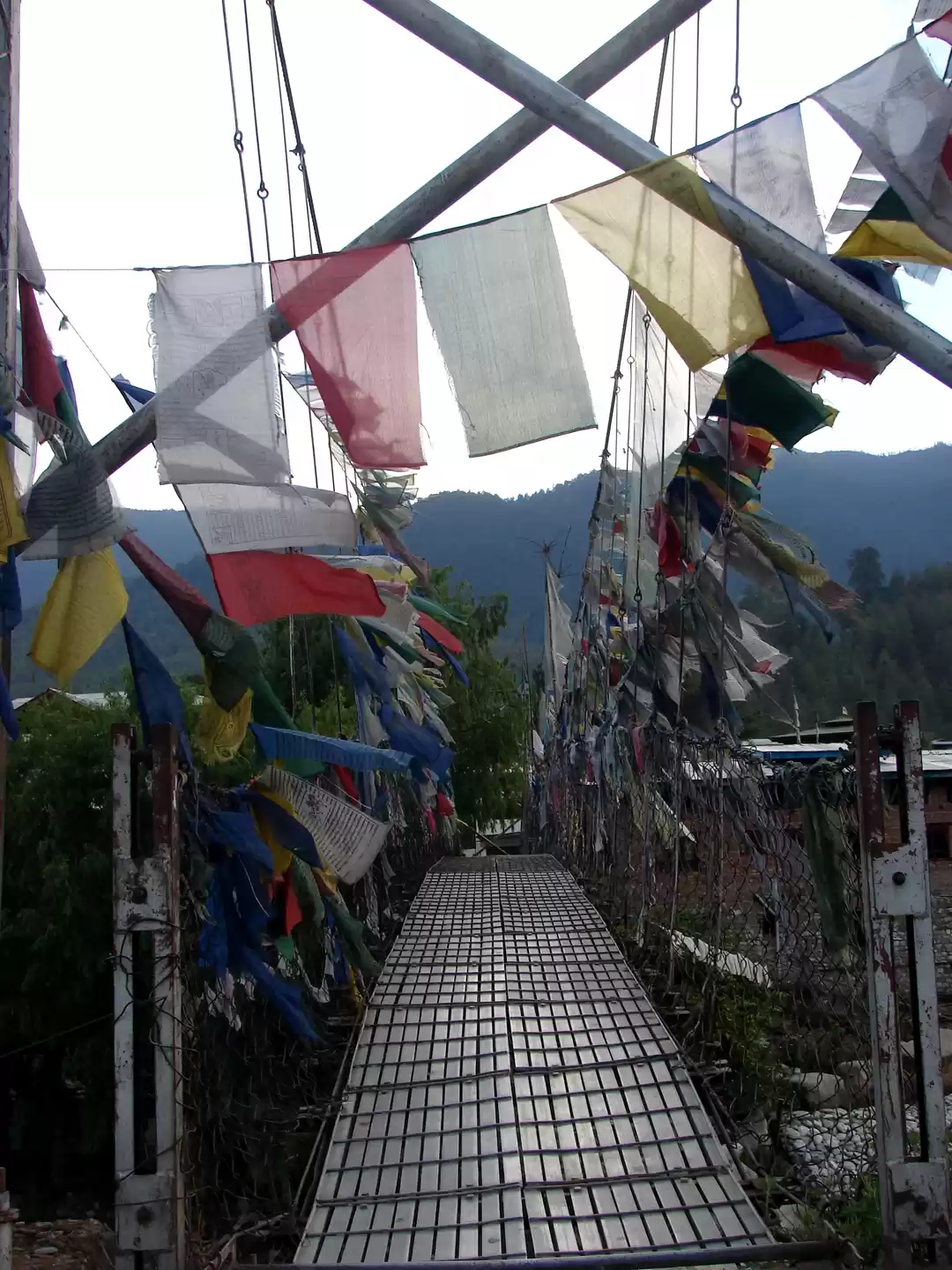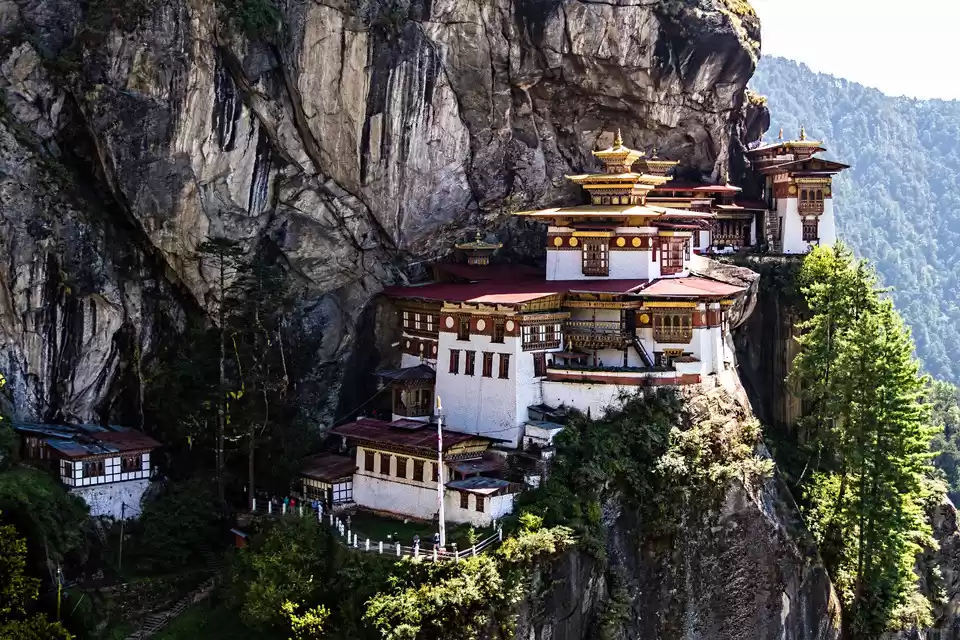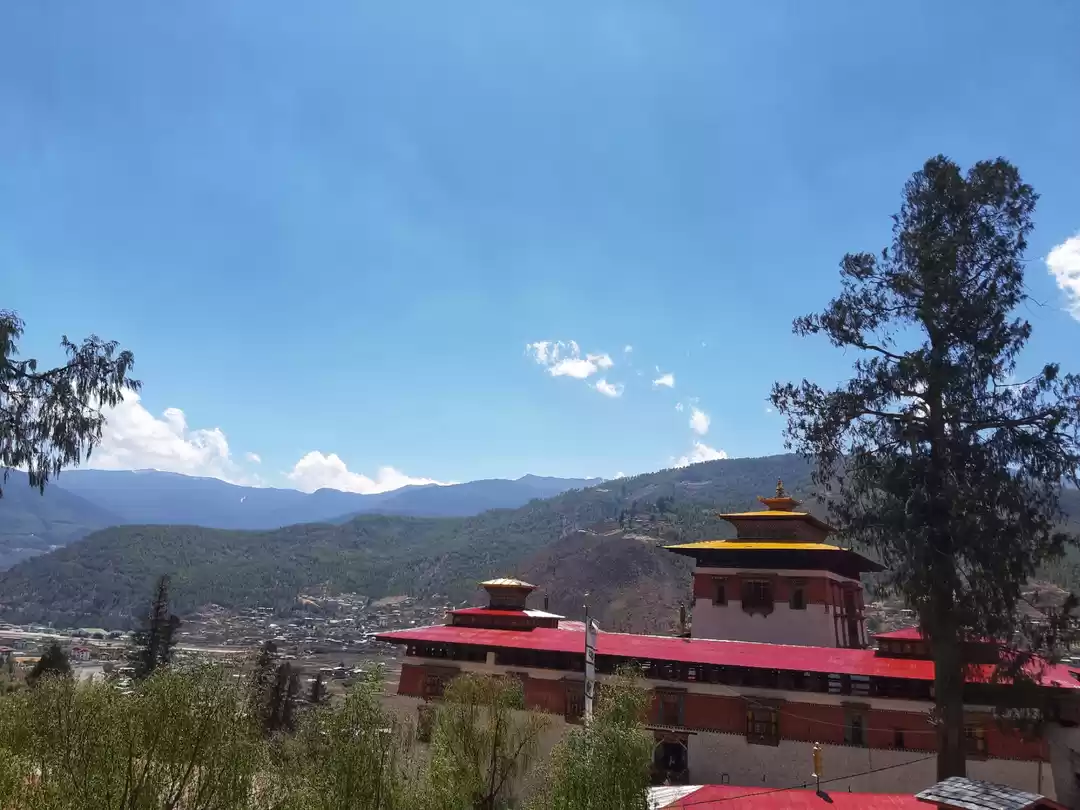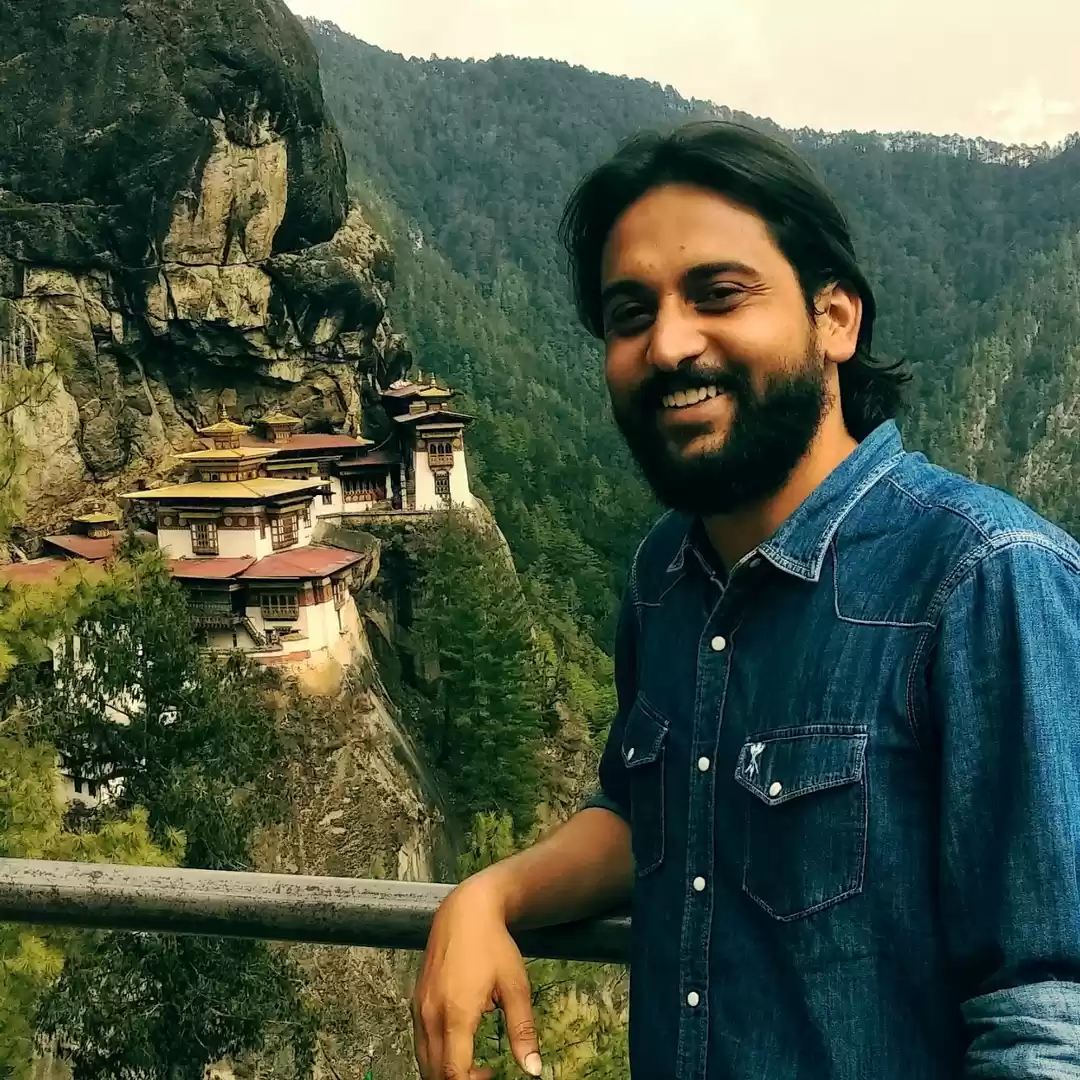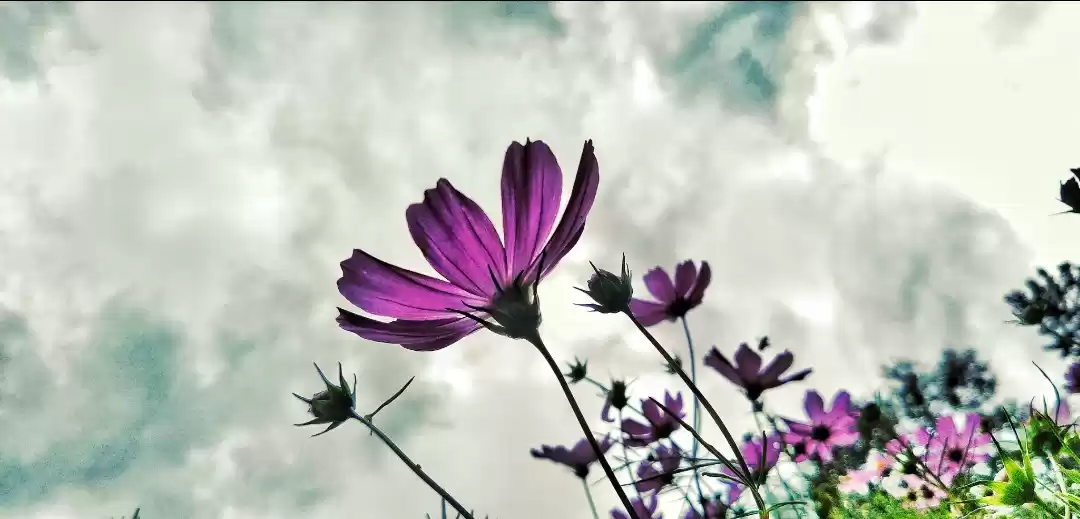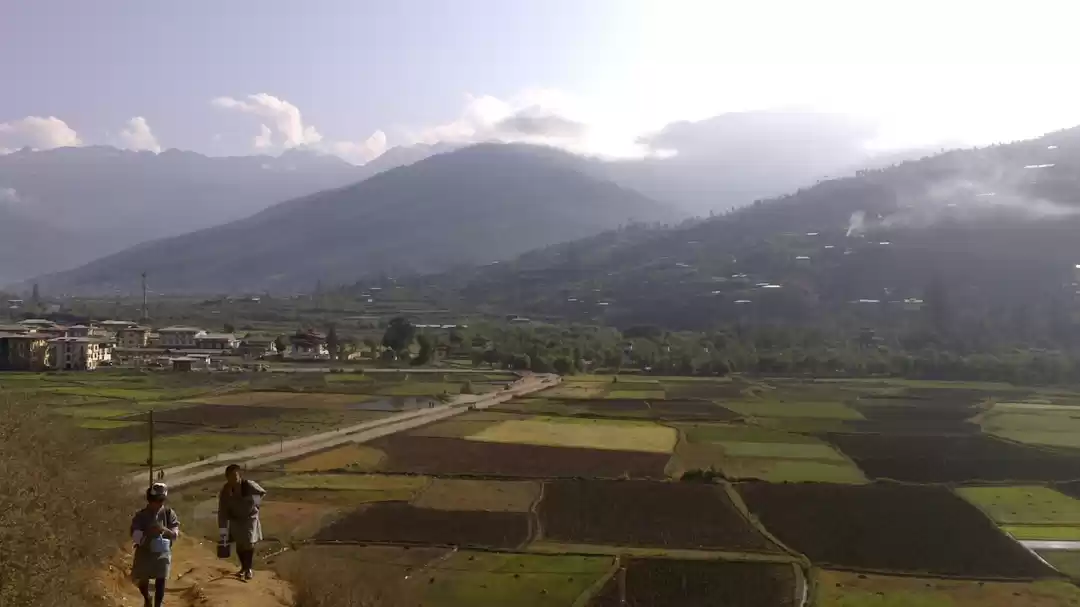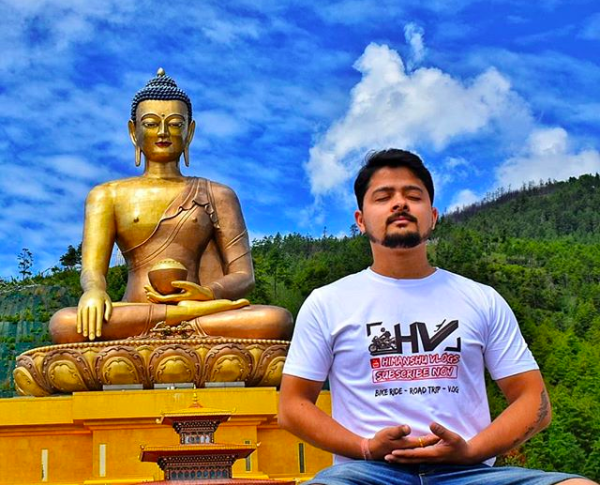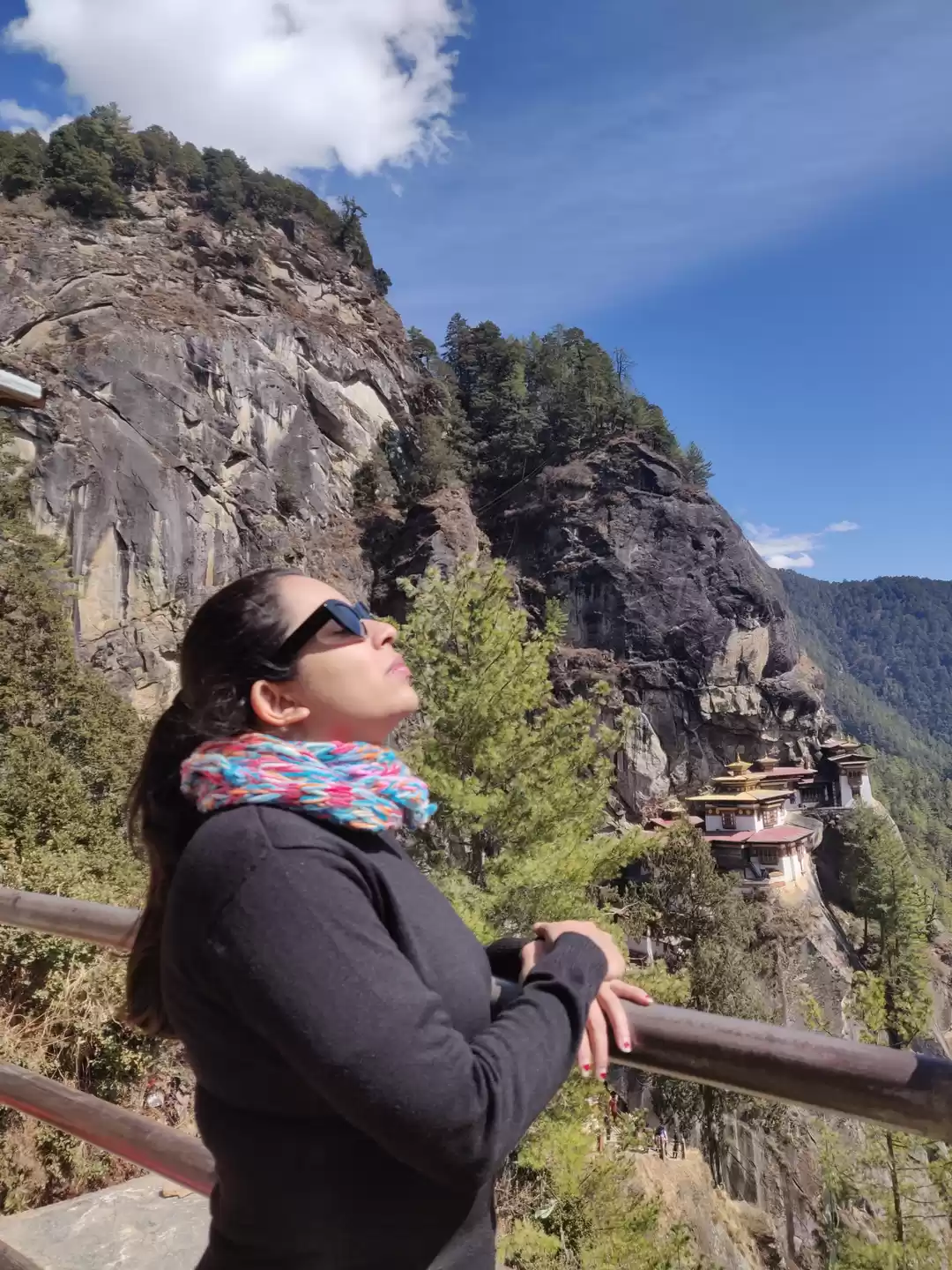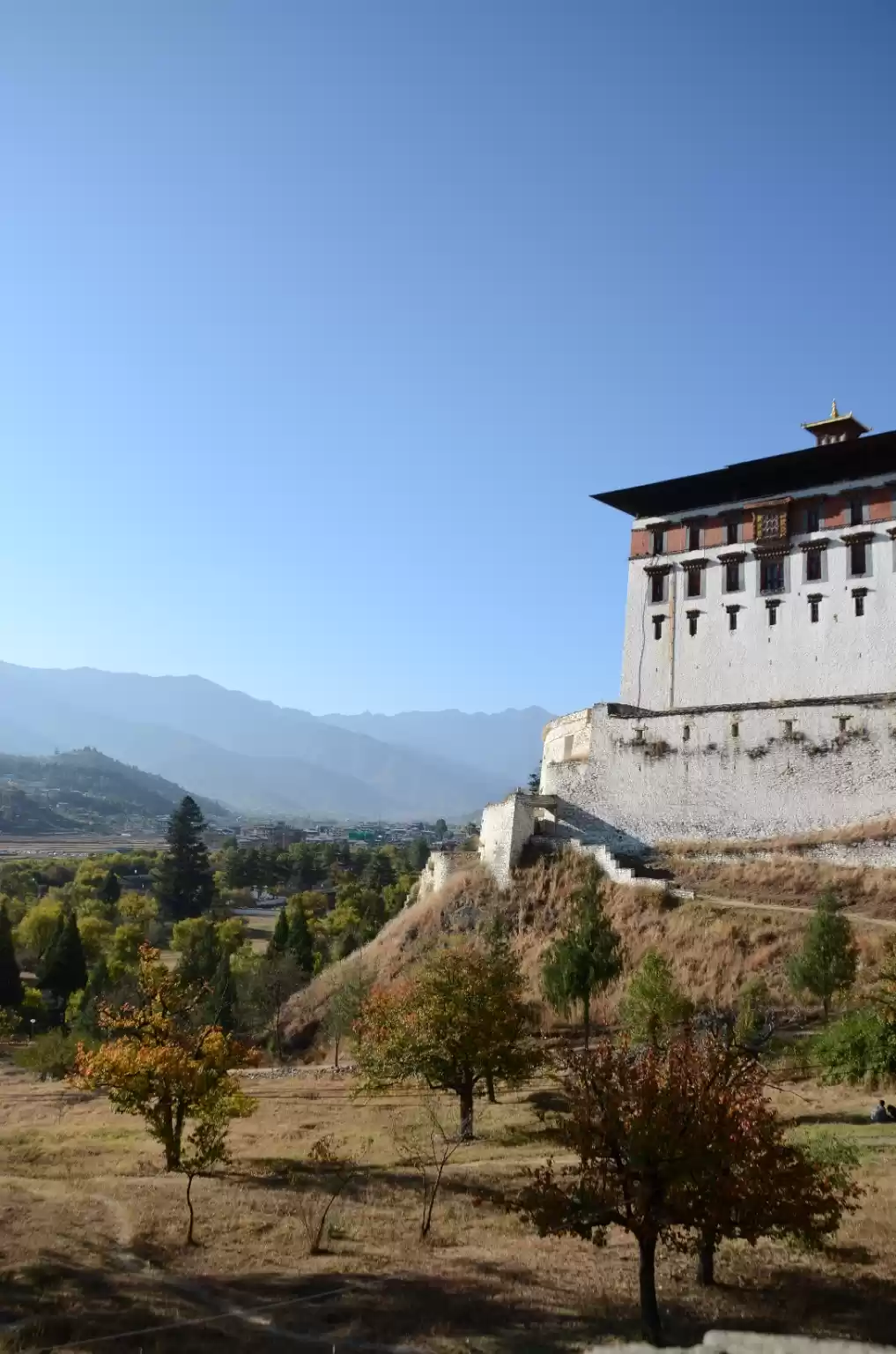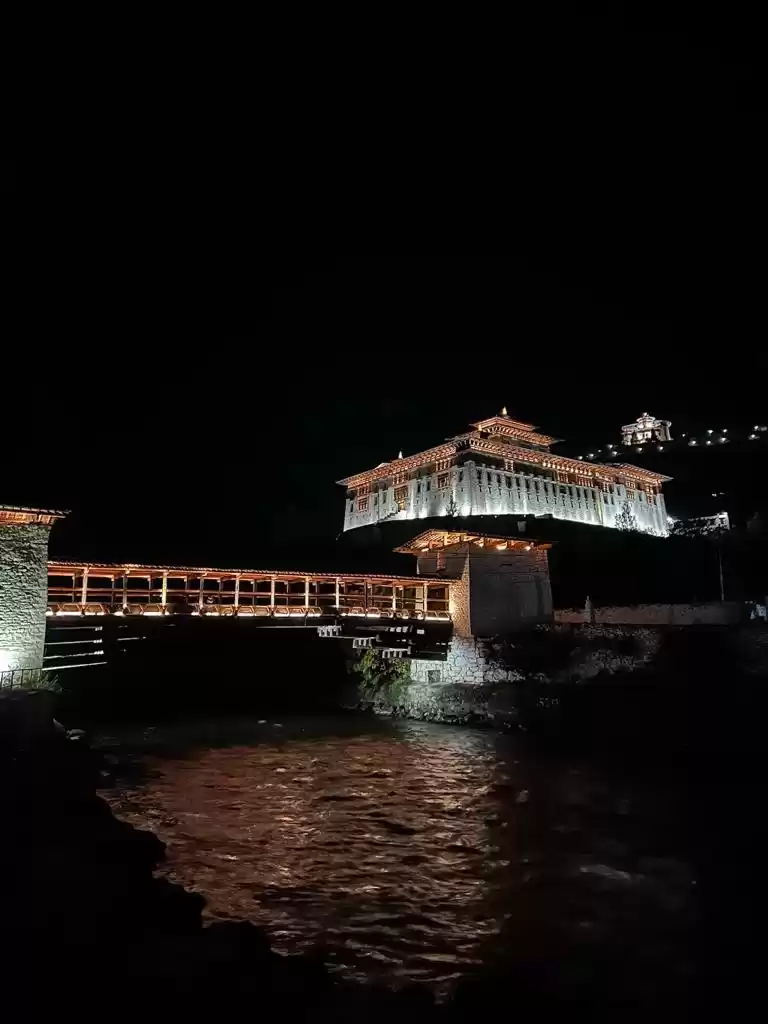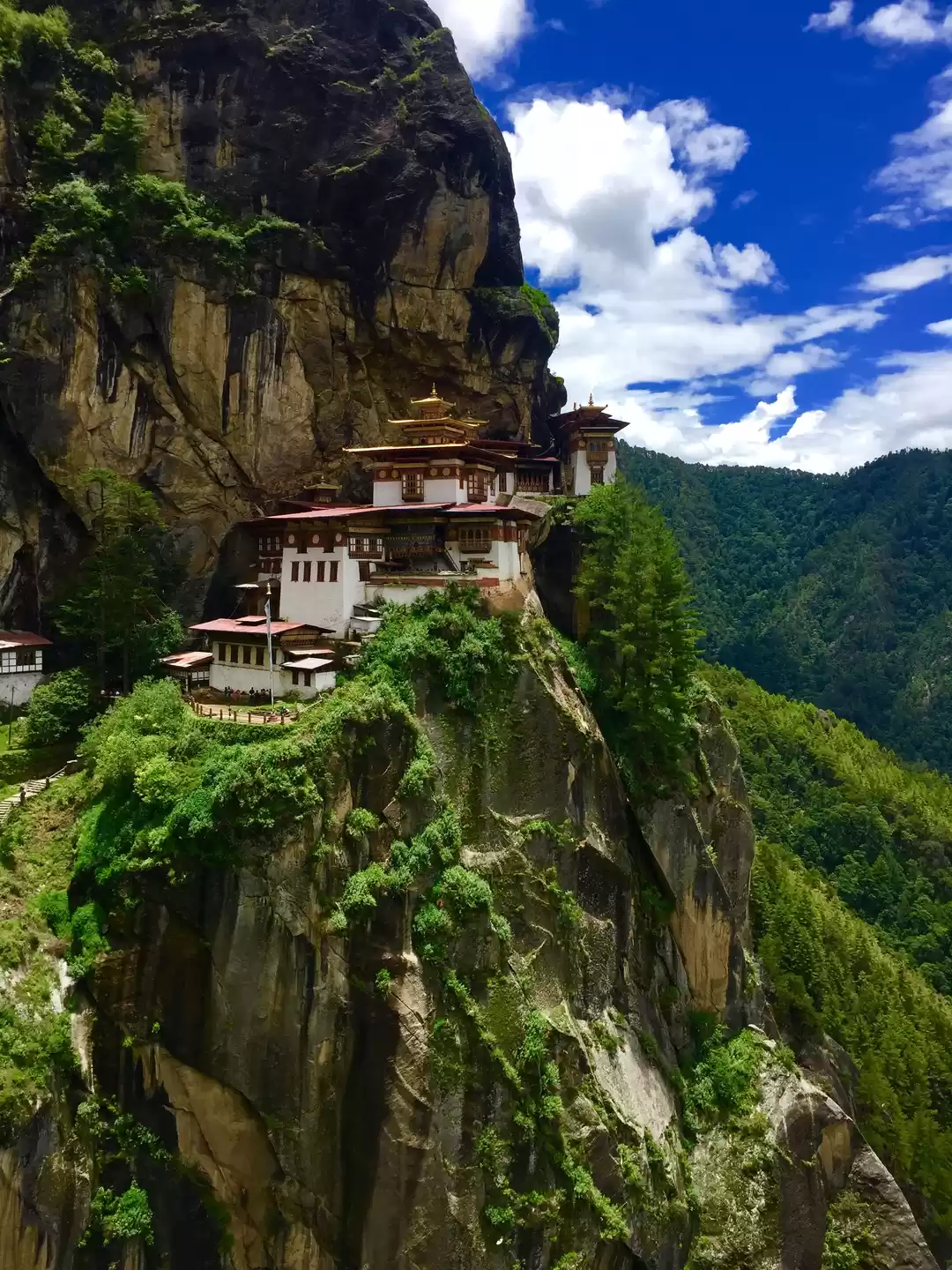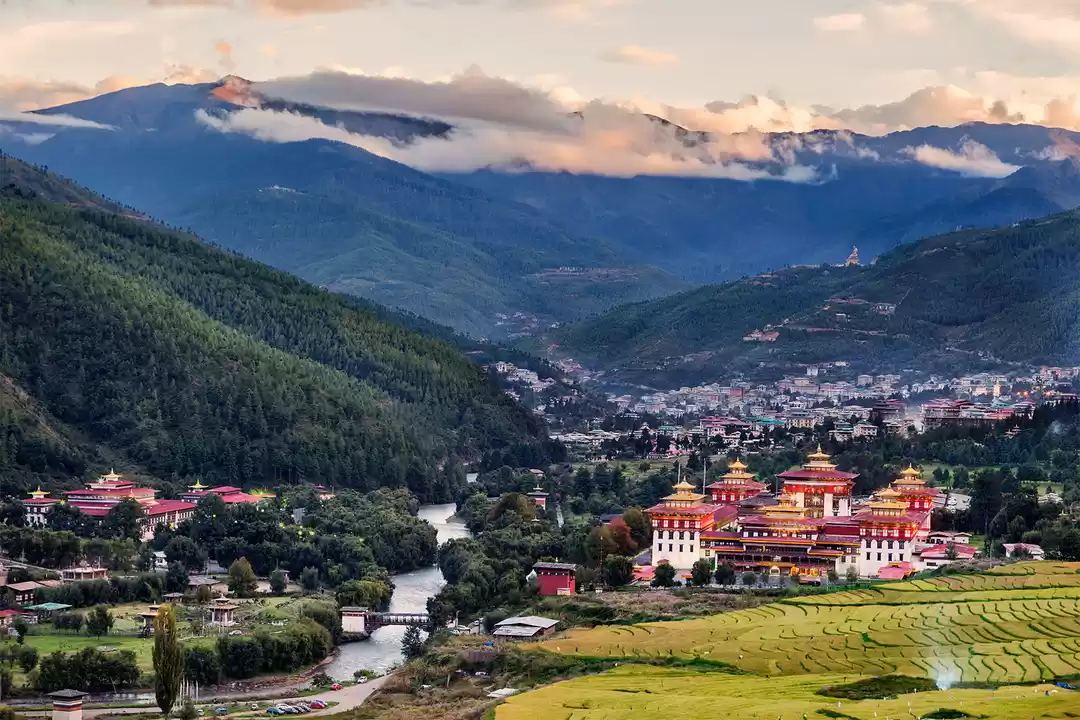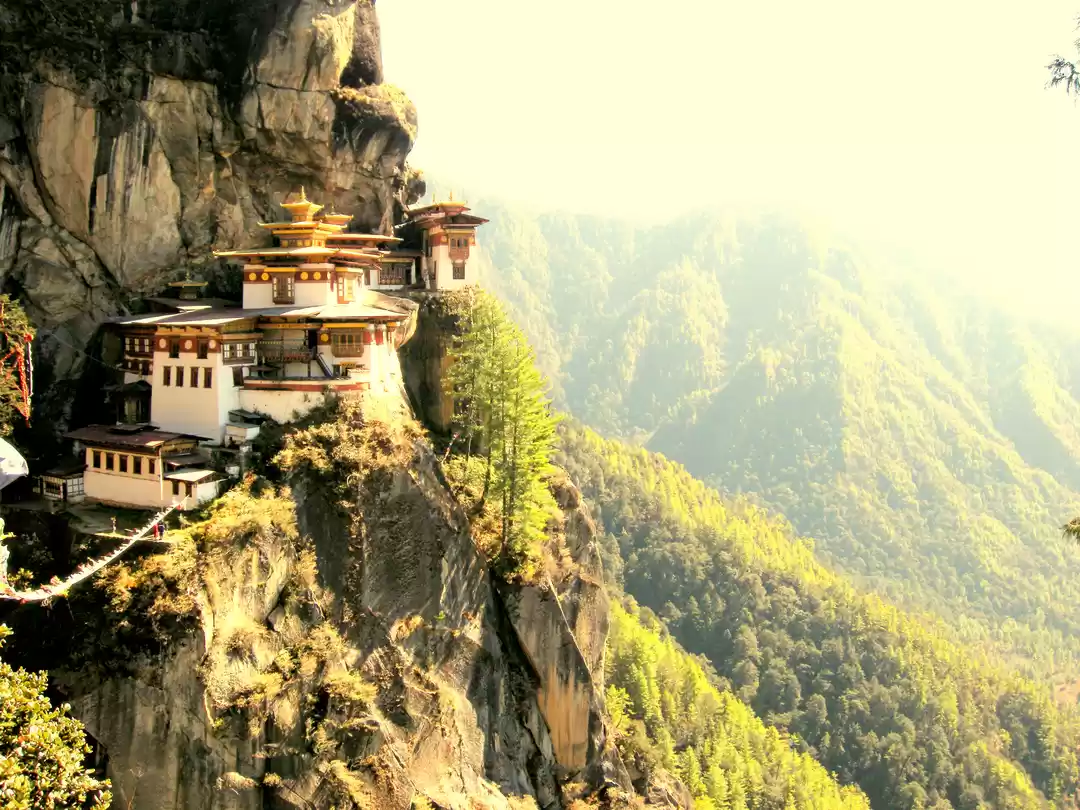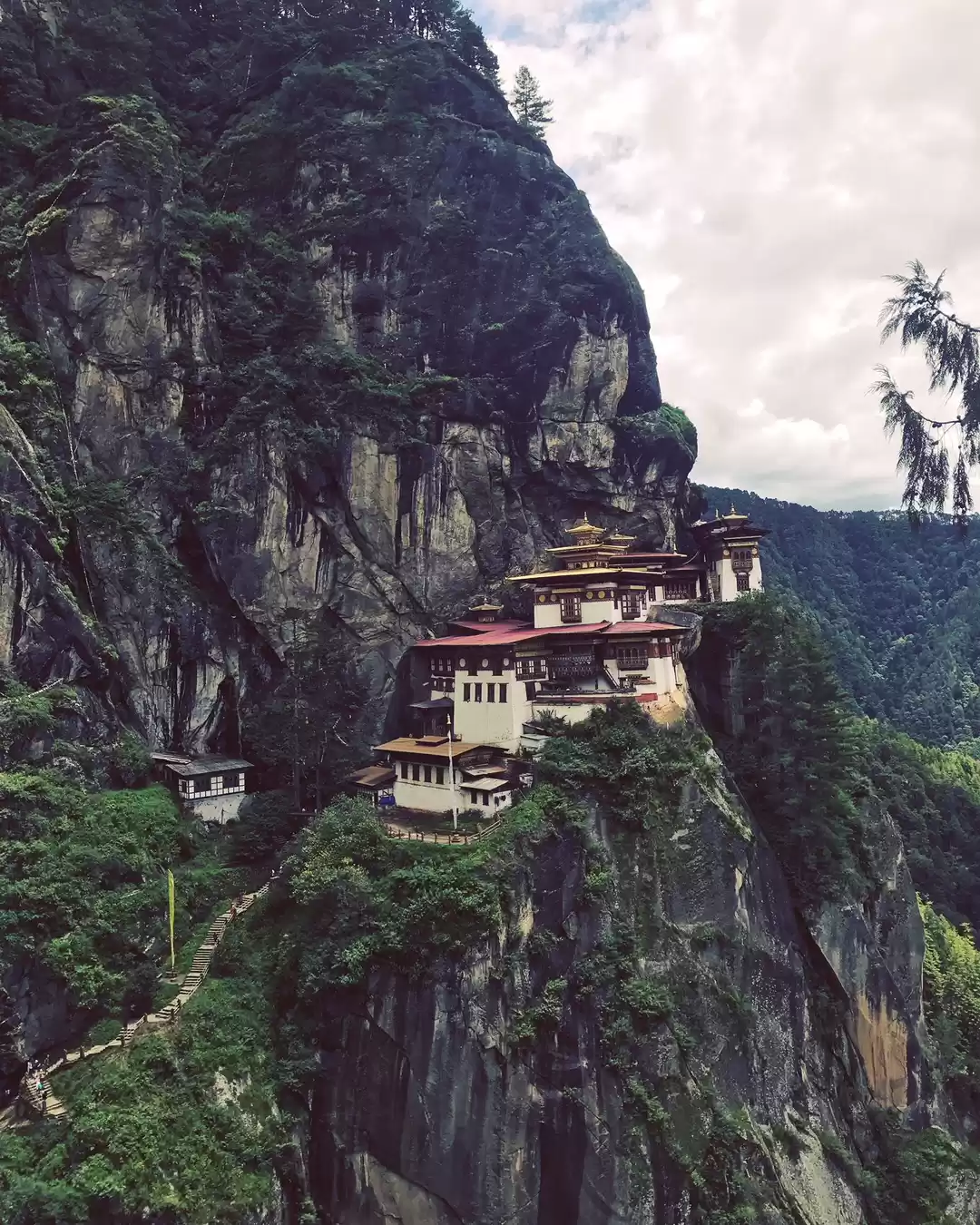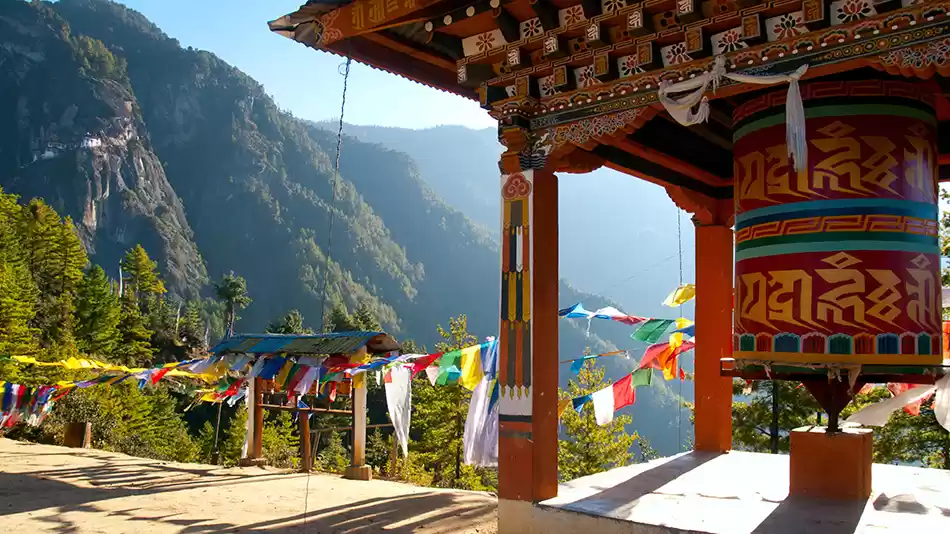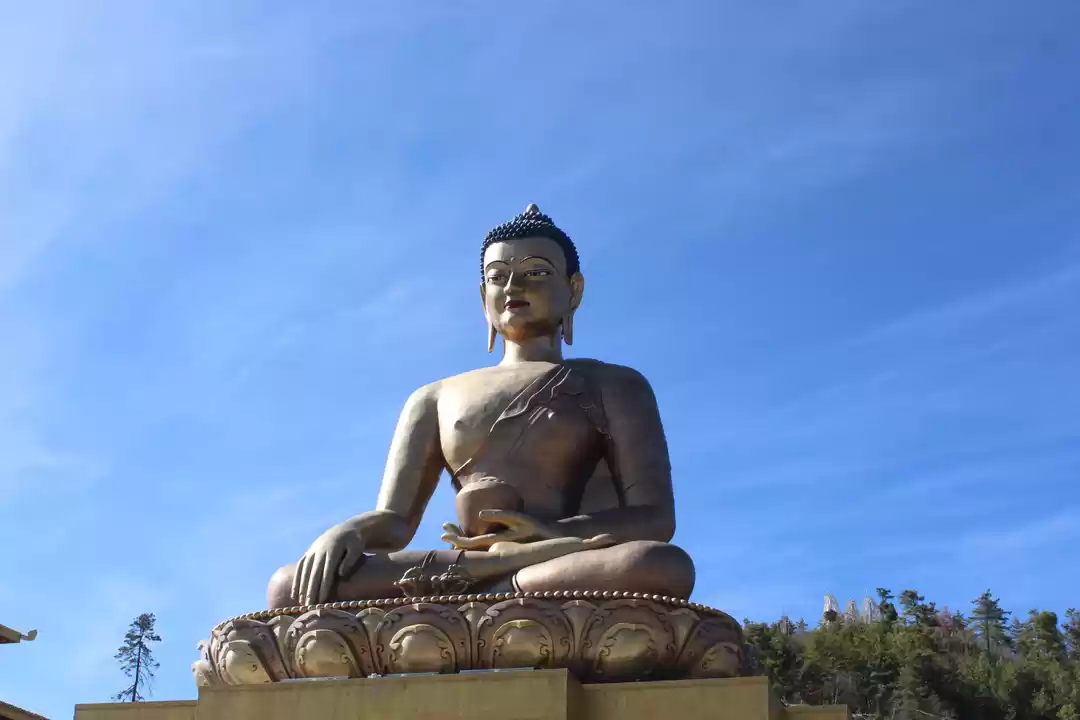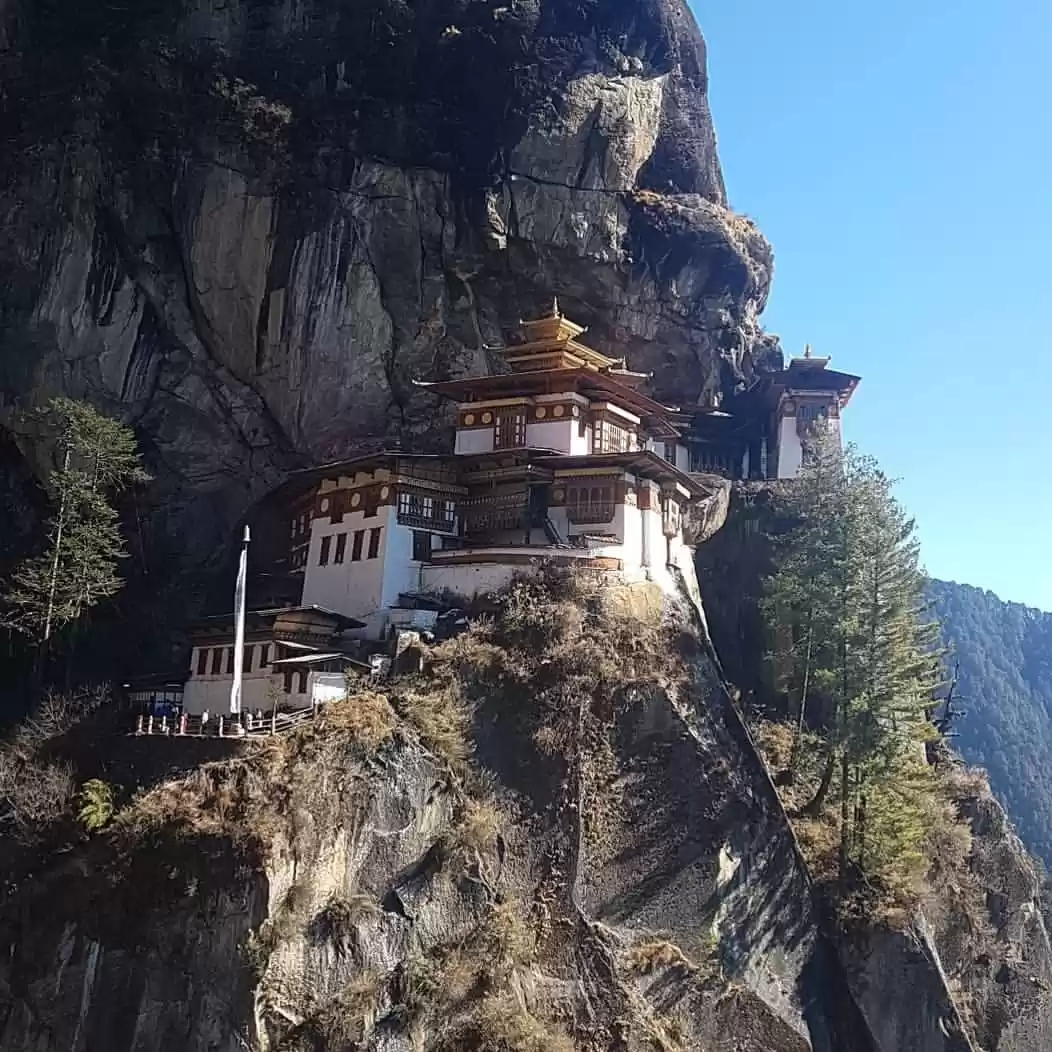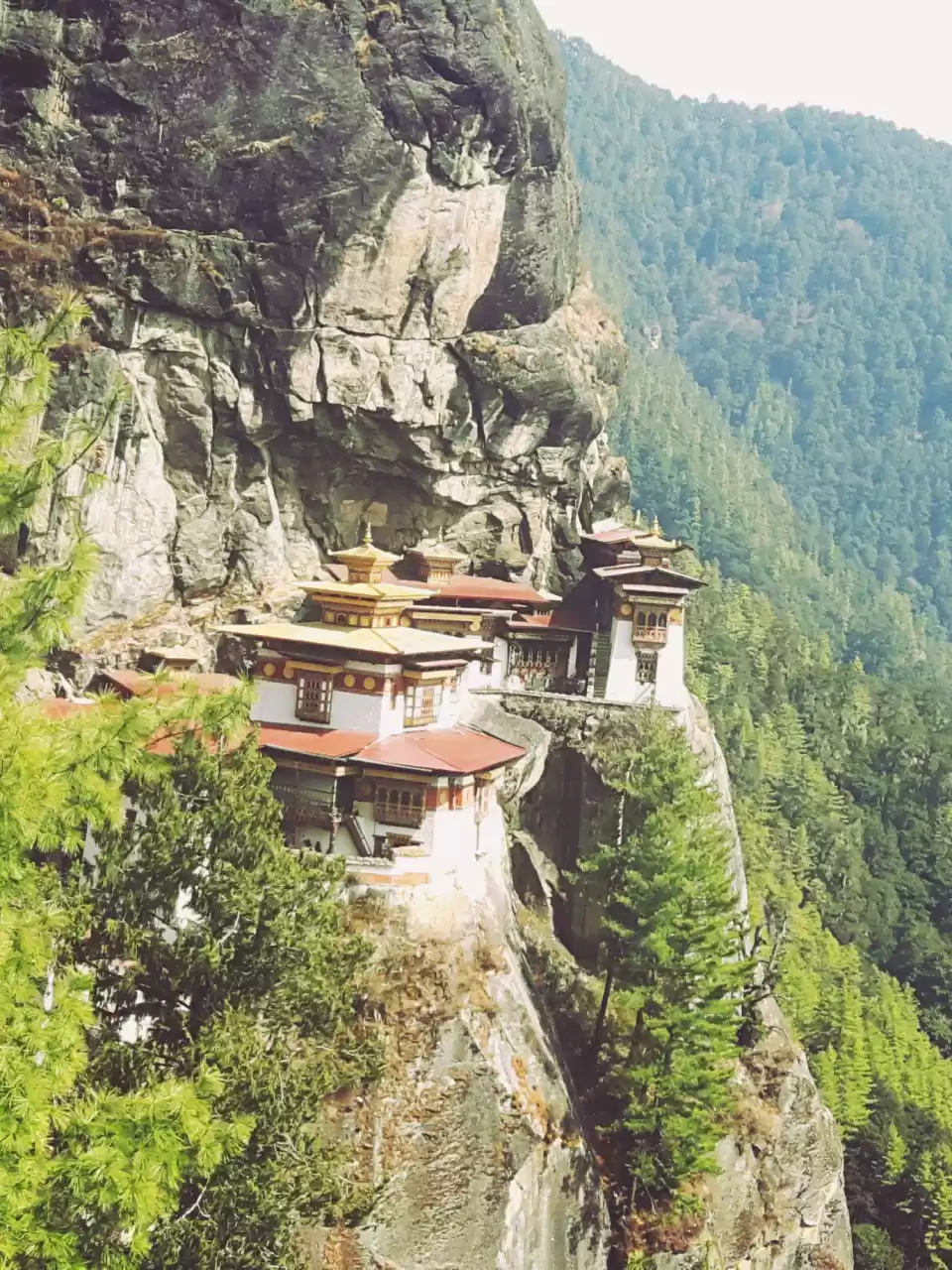
Tiger's Nest Monastery, also known as Paro Taktsang is a Buddhist Monastery. Perched on a cliff, 900 meters off the ground, it is stunning in its beauty and location. Doubtlessly, a first time trip to Bhutan would not be complete without seeing the Tiger's Nest.
About the Place
The Tiger's Nest Monastery is a sacred Himalayan Buddhist site located 10 miles north of Paro (making Paro the perfect home base location). It was constructed in 1692, around a cave where Guru Rinpoche first meditated in 8th century. The event that introduced Buddhism to Bhutan. The legends has it that Guru Rinpoche was carried to this location from Tibet on the back of a Tigress, thus giving it's name, Tiger's Nest.
Now, this monastery consists of four temples with accommodations for the monks. Despite the number of tourists visiting every day, Paro Taktsang still functions as a monastery.
Hiking to the Tiger's Nest
Here are some points to consider while setting off for this trail.
* This hike will take your full day. On an average, it takes between 4-5 hours to do the round trip, count 1 more hour to tour the Monastery.
*Plan to commence this hike as early as possible, to avoid the afternoon sun, also it starts getting dark past 4 pm (we visited in spring season) and there's no electricity on the way.
* Have proper breakfast before you start the trail. Carry a few snacks and lots of water with you. There's a cafeteria, about the halfway point which closes around 4 PM.
*Due to its location the only way to get to the monastery is by hiking. However, for those who cannot hike the entire way, you can hire a horse to carry you most of the way there.
Facts
Distance -- 4 Miles round trip
Elevation Gain -- 1700 Feet
Highest Elevation -- 10,232 Feet
Time -- Allow 5 to 7 hours for the entire visit.
Getting to the Monastery
* The hike starts at the bottom of the mountain, right at the parking lot. Beside it there are shops from where you can get hiking poles, souvenirs or hire a horse.

*Once you clear the alpine trees that surrounds the parking lot, you'll get the first glimpse of The Tiger's Nest Monastery. It is perched on a cliff, high above the valley floor.

*The path to the monastery is a wide, dirty trail. It is uphill the entire way, but not overly steep. It is not that hard if you keep a constant pace all the way. Make sure to buy a hiking pole, it will help ease your knees on the descent.
*The hike up-to the cafeteria which is at the half way point, takes most people 1-2 hours to reach. The cafeteria benches allow you a great view of the monastery. There you can enjoy the view while sipping your coffee.(It is more awesome than it sounds).
* Along the way, you'll find prayer flags all over the hill. It will surely excite the photographer in you. The scenery keeps getting better as you get higher.


*Around half way, the trails levels out a little. Here, you can spin prayer wheels (they are rotated clockwise for blessings). And also, you can catch some breath sitting on the benches overlooking the valley.


*The 2nd half of the climb is a little easier. The trail is not as steep. If you have kept your pace constant all the while, 2nd half will be much easier for you and vice versa.
*One of the best views of the hike is at the point where you overlook the monastery. From here, it's a short walk down a stone staircase to reach your destination.


*At the monastery, you'll have to leave all your belongings including camera and mobile phones in small lockers with the security staff before entering the monastery.
*Explore the monastery and the view from the top, believe me it will be worth your time and effort to reach there. Take your time at the summit and commence your descent before it gets dark as there's no electricity along the way.

*Hike back the way you came.
Best Time to visit Tiger's Nest
The best time to visit Bhutan and the Tiger's Nest is in the Spring season which is from March to May. Winters (Oct-Dec) are good as well, but it can get quite cold during this time. Also, it snows during winters. Avoid visiting in Monsoon( June- Sept) as the trail gets swampy making the hike more difficult.



